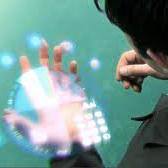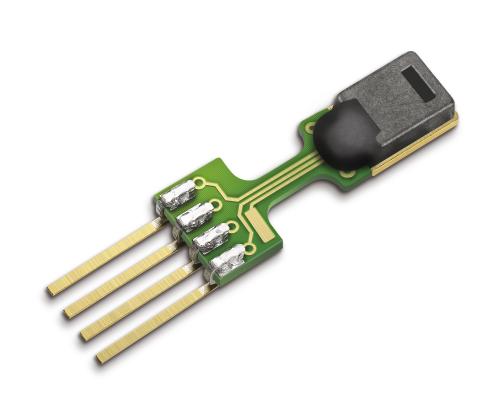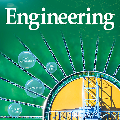Wireless Smart Sensors (WSS) process field data and inform structural engineers and owners about the infrastructure health and safety. In bridge engineering, inspectors make decisions using objective data from each bridge. They decide about repairs and replacements and prioritize the maintenance of certain structure elements on the basis of changes in displacements under loads. However, access to displacement information in the field and in real-time remains a challenge. Displacement data provided by WSS in the field undergoes additional processing and is seen at a different location by an inspector and a sensor specialist. When the data is shared and streamed to the field inspector, there is a inter-dependence between inspectors, sensor specialists, and infrastructure owners, which limits the actionability of the data related to the bridge condition. If inspectors were able to see structural displacements in real-time at the locations of interest, they could conduct additional observations, which would create a new, information-based, decision-making reality in the field. This paper develops a new, human-centered interface that provides inspectors with real-time access to actionable structural data (real-time displacements under loads) during inspection and monitoring enhanced by Augmented Reality (AR). It summarizes the development and validation of the new human-infrastructure interface and evaluates its efficiency through laboratory experiments. The experiments demonstrate that the interface accurately estimates dynamic displacements in comparison with the laser. Using this new AR interface tool, inspectors can observe and compare displacement data, share it across space and time, and visualize displacements in time history.
翻译:无线智能传感器(WSS)处理实地数据,并向结构工程师和业主通报基础设施的健康和安全情况。在桥梁工程中,检查员利用每座桥梁的客观数据作出决定。他们决定修理和更换,并根据负荷下流离失所的变化,优先维护某些结构要素。然而,实地和实时获取外地流离失所信息仍是一个挑战。外地的流离失所问题数据经过额外的处理,由一名检查员和传感器专家在不同的地点看到这些数据。当数据与实地检查员共享和流向实地检查员时,检查员、传感器专家和基础设施所有人之间有相互依存关系,这限制了与桥梁条件有关的数据的可操作性。如果检查员能够在感兴趣的地点实时看到结构性流离失所情况的变化,他们可以进行更多的观察,这将在实地创造一个新的、以信息为基础的决策现实。这份文件开发了新的、以人为本的界面,让检查员能够实时获取可操作的结构数据(实时迁移),在检查和监测期间,检查员之间具有相互依存性,并比对与桥梁条件相关的数据进行可操作性操作性操作性操作性操作性操作性,通过实验室的模拟和测试,对实时流离失所情况进行精确的对比,并展示其真实性数据对比。





